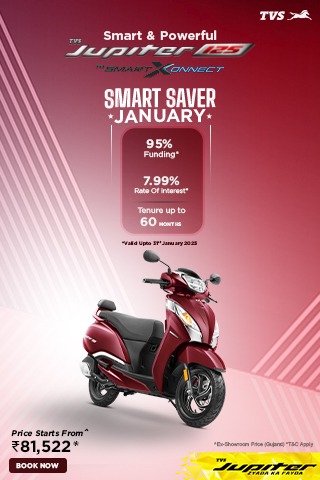.png)
.png)

Motorcycles have always been a symbol of freedom, adventure, and rebellion. Among the myriad of bike styles, one particular genre has carved out a unique niche in the motorcycling world: The Scrambler.
In this blog, we'll explore how Scramblers have taken on the likes of other bikes and emerged as a beloved choice for riders who crave versatility and style.

The Scrambler's roots trace back to the 1960s, a time when riders sought bikes that could handle both pavement and dirt trails with equal prowess. Traditional road bikes were modified to create a more rugged, off-road capable machine.
Key modifications included high-mounted exhaust pipes, knobby tires, reinforced frames, and a stripped-down aesthetic. The result was a bike that could easily tackle a variety of terrains, from city streets to backcountry trails.
One of the main competitors Scramblers faced were traditional road bikes. While road bikes offered smooth rides and speed on paved surfaces, they lacked the versatility needed for off-road adventures. Scramblers, on the other hand, provided a perfect balance. Their hybrid design meant riders didn't have to choose between a road bike and an off-road bike—they could have both in one machine.
The adaptability of Scramblers made them a popular choice among urban dwellers who wanted a bike for weekday commutes and weekend escapades. The aesthetic appeal also played a significant role, with many riders drawn to the classic, rugged look of Scramblers compared to the often more polished appearance of road bikes.
Dirt bikes were another major player in the motorcycle world, designed specifically for off-road performance. While dirt bikes excelled in rough terrain, they weren't ideal for street riding. Scramblers offered a middle ground—capable of handling rough trails but also street-legal and comfortable for city riding.
The dual-purpose nature of Scramblers made them particularly appealing to riders who wanted a single bike that could do it all. This versatility gave Scramblers an edge over dirt bikes, especially for those who didn't want the hassle or expense of owning multiple motorcycles.
As motorcycle technology advanced, so did the capabilities of Scramblers. Modern iterations come equipped with features like fuel injection, advanced suspension systems, and improved braking. These enhancements have made Scramblers even more competitive with other types of bikes, bridging the gap between different riding styles and preferences.
Brands like Ducati, Triumph, and BMW have embraced the Scrambler style, incorporating modern engineering while maintaining the classic Scrambler look and feel. These modern Scramblers are not only practical but also embody a retro charm that appeals to both nostalgic riders and new enthusiasts.
The cultural impact of Scramblers can't be overlooked. They've been featured in countless movies, TV shows, and advertisements, often portrayed as the ultimate symbol of adventure and independence. This cultural resonance has helped sustain and grow the Scrambler's popularity over the decades, making them a timeless icon in the motorcycle world.
Scramblers have proven themselves to be more than just a trend. Their ability to adapt, evolve, and stay relevant in a competitive motorcycle market speaks to their enduring appeal. Whether you're a seasoned rider or a newcomer to the world of motorcycles, Scramblers offer a unique blend of versatility, style, and performance that's hard to beat.
As we look to the future, it's clear that Scramblers will continue to inspire riders and push the boundaries of what's possible on two wheels. So, if you're considering a new bike and want something that embodies the spirit of adventure and freedom, a Scrambler might just be the perfect ride for you.
